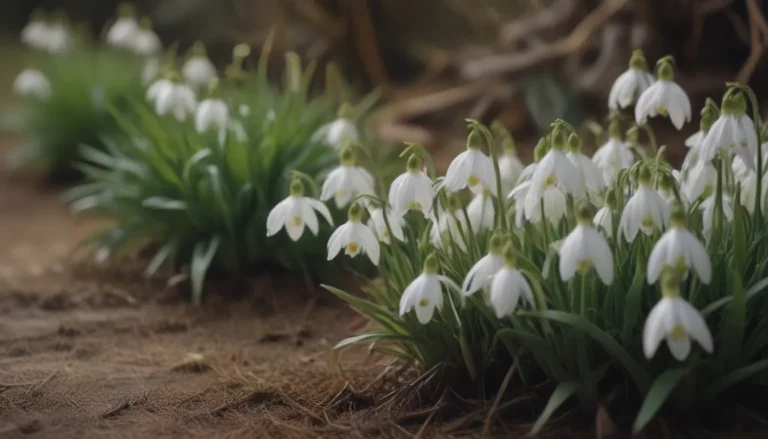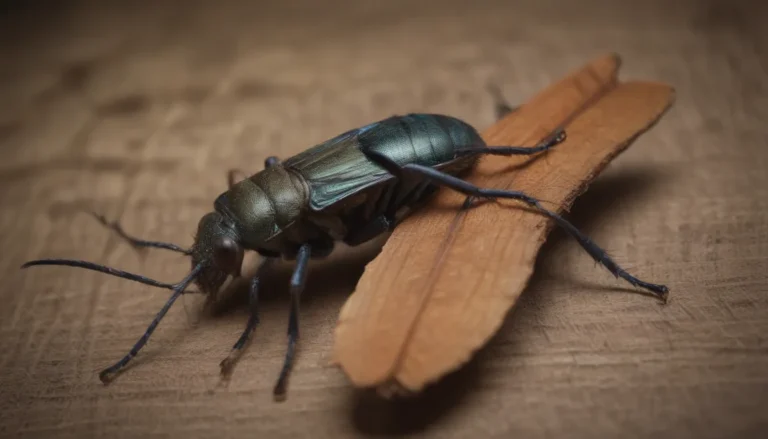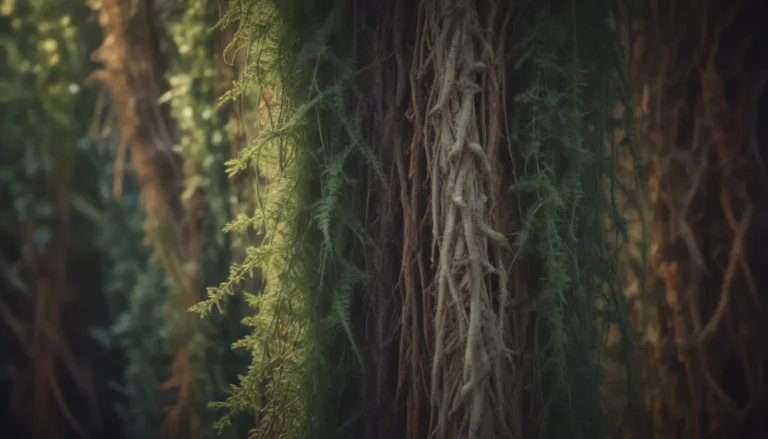How to Successfully Grow and Care for Acoma Crape Myrtle

Are you looking to add the stunning beauty of the Acoma crape myrtle to your garden or landscape but unsure how to care for it properly? Look no further! In this comprehensive guide, we will provide you with all the information you need to successfully grow and care for this lovely hybrid variety of Lagerstroemia.
Introduction to Acoma Crape Myrtle
The Acoma crape myrtle is a delightful hybrid variety known for its weeping branches, lush foliage, and delicate white flowers. This compact shrub-like tree can reach heights of 10 to 15 feet and is a perfect choice for urban or suburban environments. With proper care, these trees can live for 50 years or more, bringing beauty to your landscape for decades to come.
Acoma Crape Myrtle Care Tips
Caring for your Acoma crape myrtle is relatively simple, as these trees are adaptable to a variety of soil conditions and have modest water and fertilizer needs. Follow these tips to ensure your Acoma crape myrtle thrives:
- Light: Full sun is essential for your crape myrtle to bloom to its full potential. Make sure it receives at least six hours of sunlight each day to enjoy its beautiful flowering display.
- Soil: Acoma crape myrtles can grow in various soil types, including loam, clay, or sandy soils, as long as the ground is well-draining. They prefer slightly acidic to neutral pH levels but can tolerate slightly alkaline soils.
- Water: Once established, these plants have modest water needs and do well with about an inch of water per week. Supplement rainfall with regular watering during dry periods to ensure a showy display of flowers.
- Temperature and Humidity: Acoma crape myrtles thrive in hot climates and have a tolerance for humidity and drought. They are hardy in USDA zones 7 to 9 and can withstand temperatures down to about zero degrees Fahrenheit.
- Fertilizer: To support bloom production, fertilize your Acoma crape myrtle with a balanced formula like an 8-8-8 or 10-10-10 at the start of the growing season. Be cautious not to over-fertilize, as this can lead to foliage overgrowth and reduced blossoms.
Types of Acoma Crape Myrtle
While Acoma crape myrtle is a popular choice, there are many other varieties of crape myrtle to consider. Some of the prettiest crape myrtle tree varieties offer blooms in colors other than white and vary in form or size. Here are a few types of crape myrtles to explore:
- ‘Apalachee’
- ‘Cherokee’
- ‘Dynamite’
- ‘Red Rocket’
- ‘Cheyenne’
- ‘Seminole’
- ‘Choctaw’
- ‘Tuscarora’
- ‘Catawba’
- ‘Muskogee’
Pruning and Propagating Acoma Crape Myrtle
Keep your Acoma crape myrtle in good form with light pruning, especially in the spring before the lush foliage fills the branches. You can also propagate Acoma crape myrtle through cuttings. Follow these steps to propagate with cuttings:
- Take soft or hardwood cuttings.
- Use root cuttings as well.
- Follow proper planting and care techniques for successful propagation.
How to Grow Acoma Crape Myrtle From Seed
If you prefer to grow your Acoma crape myrtle from seed, follow these steps:
- Collect seeds from dried seed pods in autumn.
- Plant seeds in pots with a blend of potting soil and seed-starting mix.
- Water and care for seedlings until they are ready to transplant outdoors.
Overwintering and Common Pests
Once established, Acoma crape myrtles will overwinter fine. Provide a layer of mulch to protect roots and consider using a burlap sack for insulation in colder climates. While Acoma crape myrtles are relatively resistant to powdery mildew, they can still be affected by aphids. Monitor your tree for pests and diseases regularly.
How to Get Acoma Crape Myrtle to Bloom
If your Acoma crape myrtle is not blooming as expected, consider the following tips:
- Prune overcrowded branches to allow more sunlight to reach inside the tree.
- Ensure the tree receives enough sunlight for proper blooming.
- Avoid over-fertilizing, as this can lead to fewer blooms.
- Consider using phosphorus or bone meal to promote blooming.
Common Problems with Acoma Crape Myrtle
While Acoma crape myrtle trees are generally resilient, keep an eye out for common issues such as brown leaves or spotted leaves. Address these problems promptly to ensure the health and beauty of your tree.
In conclusion, the Acoma crape myrtle is a beautiful and rewarding tree to grow in your garden or landscape. With proper care and attention to its needs, you can enjoy the graceful weeping branches, lush foliage, and delicate blooms for many years to come. Follow the tips and guidelines provided in this guide to ensure the success of your Acoma crape myrtle and create a stunning focal point in your outdoor space. Happy gardening!





